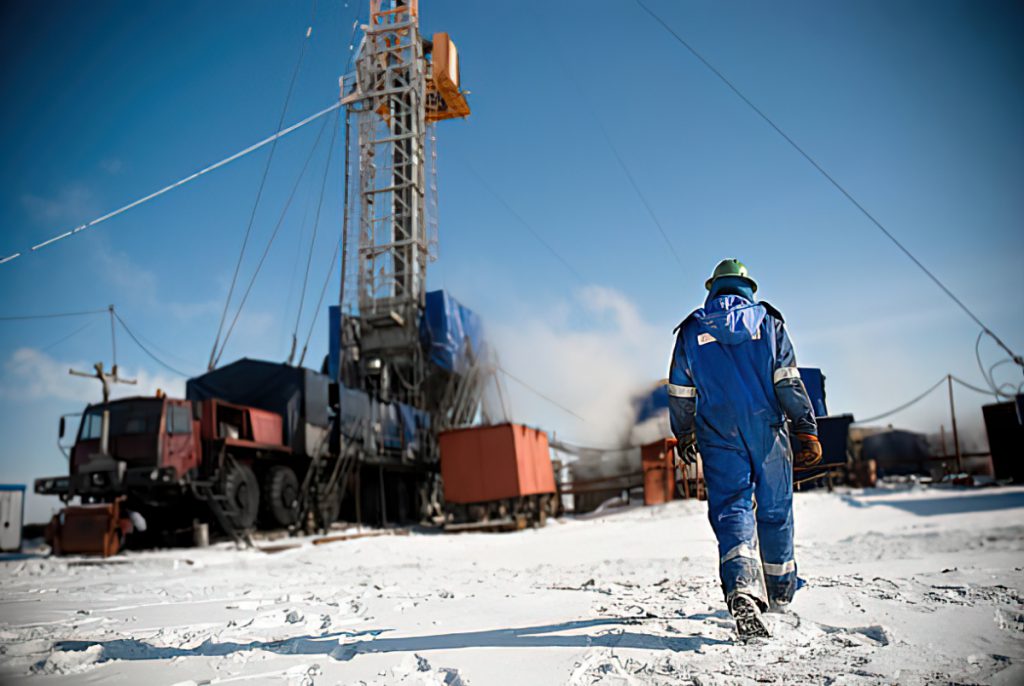Russia ready to resume domestic lithium mining as sanctions bite

By Eugene Gerden
Despite the unprecedented sanctions’ pressure from the West, Russia looks to begin domestic production of lithium, as well as its raw materials in order to ensure its state security of rare metals and rare earths elements.
In fact, Russia has large lithium reserves; however, most of them were not developed in the last 20 years, as the country’s domestic needs were met by cheaper imports. Due to sanctions, most of these imports will be suspended, which means the development of its own lithium production could become one of the priorities for its government.
According to earlier statements made by Vladislav Demidov, Deputy Director of the Department of Metallurgy and Materials of the Russian Ministry of Industry and Trade, more active development of domestic fields will also allow to solve the problem of possible lithium shortage in Russia.
According to Demidov, Russia does not produce lithium raw materials. It is supplied to the country in the form of lithium carbonate, mainly from Chile, Argentina, China and Bolivia. After the suspension of supplies from Chile and Argentina, the only source of lithium in Russia would be Bolivia. According to the US Geological Survey (USGS), estimated lithium reserves in Russia stands at 1 million tons.
The total lithium production in 2021 amounted to about 100,000 tons, an increase of 21% over the year. Most lithium is produced in Australia – approximately 55,000 tons. Bolivia is not on the list of large producers. According to The Economist, lithium production in Bolivia last year amounted to only 600 tons.
This is less than Russia’s needs, as, according to analysts, the annual lithium consumption in Russia is estimated at 700 tonnes. In order to avoid a lithium shortage in Russia, some local mining giants have already announced their plans to start the development of lithium fields in Russia.
For example, Norilsk Nickel recently announced its intention to create a joint venture with Rosatom to develop the Kolmozerskoye lithium deposit in the Murmansk region, with the aim of further deep processing of lithium raw materials.
According to Forbes Russia, Kolmozerskoye is the largest (18.9% of domestic reserves) and the most promising Russian lithium ore deposit. The proposed joint venture of Norilsk Nickel and Rosatom intends to participate in the auction for a license to develop the field. The auction is expected this year.
According to Sergey Stepanov, senior vice president and production director of Norilsk Nickel, global demand for lithium is projected to increase by 5 times by 2030. He added that Russia also needs its own lithium raw materials’ reserves as well as an industrial chain from ore mining to the production of batteries.
Some analysts, however, also believe the partners may face with serious difficulties during implementation of the project, as despite the large reserves of the Kolmozerskoye deposit, its ores are characterized by a complex composition, which means their processing can be extremely costly.
In the meantime, another major project of lithium mining in Russia will be implemented by Gazprom, the Irkutsk Oil Company as part of an agreement signed for production of lithium compounds from mineralized groundwater of Gazprom’s Kovykta gas condensate field in the Irkutsk region.
According to Alexei Miller, Gazprom’s chairman, successful implementation of the project will allow to largely cover the domestic demand for lithium in the future and to form a full-cycle lithium industry in Russia with good export potential.
Finally, several months ago some Russian media also reported plans of Atomredmedzoloto Uranium Holding, which is part of Rosatom, to start mining lithium compounds in the Murmansk and Irkutsk regions of Russia, as well as in Latin America by 2030, with investments of more than 50 billion rubles in these projects. The estimated volume of production is up to 50,000 tons per year.
Still, despite the optimism of the state and investors, most of Russian independent mining analysts believe the actual implementation of these projects may take years due to the need of preparing feasibility studies, the selection of mining and processing technologies, as well as the allocation of funding.
